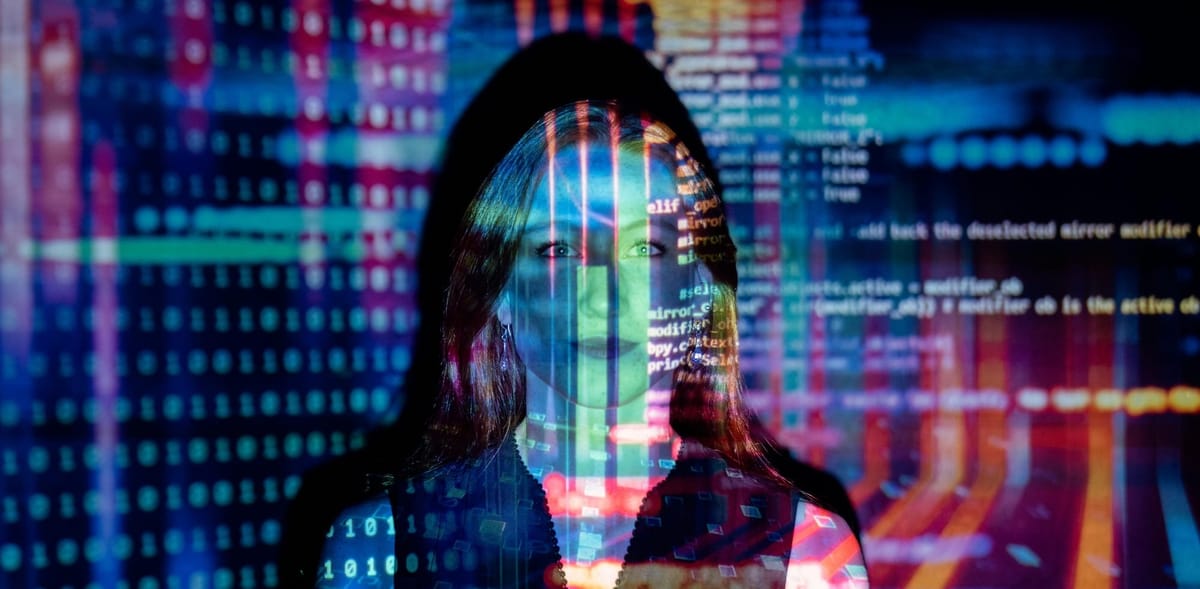Understanding AI Training Licenses: What every creator should know

The emergence of artificial intelligence (AI) has transformed the way we produce, distribute, and engage with content. However, it has posed a crucial inquiry for creators: How can I manage the use of my content by AI? The solution can be found in an idea that is gaining traction in the realms of digital publishing and copyright: the AI Training License.
What does an AI Training License entail?
An AI Training License is a legal contract that permits (or limits) the utilization of your content for training machine learning models. In reality, this implies that your creations, be it a book, article, or dataset, might be utilized by large language models (LLMs) or other AI technologies to assist them in understanding how to produce language, perform tasks, or combine concepts.
In contrast to referencing your content, training rights allow AI systems to absorb your work and incorporate it into their internal learning, frequently without explicit attribution.
Understanding Training Rights
Training rights allows the use of your work as raw material in training AI models and systems operations. If you’ve heard of LLMs (Large Language Models) you should know that such rights are the core foundation for their creation. These models require massive amounts of data in order to recognize patterns in meaning and language.
When you grant training rights, you basically allow your content to be:
- Used in part or in full as training data
- Absorbed into neural networks that aid models generate new outputs
- Processed without direct visibility or attribution
Important: Your work can not be ‘’removed’’ from the model’s knowledge base once you grant access to it. It’s detrimental to define these terms and implications clearly before allowing access.
AI training does not mean it is a separate book format, a separate distribution channel or a new market, it represents only that: a license to publish. AI training licensing is a completely separate right from publication and cannot be included in a subsidiary-rights provision. It is an author-reserved right that needs to be specifically negotiated for every publication agreement and only if the author decides to grant a license.
What Are Reference Rights?
Reference rights are on the contrary more specific and impose some limitations. When an AI system offers a response or interaction, it displays or quotes the origin of work. These rights let you grant permission to such systems to cite, credit or reference your work in such interactions and discussions.
With reference rights, your content is:
- Not absorbed into the training data
- Used on-demand to enhance the user experience
- Often visible with a link, author name, or source info
Think of it like quoting a book in a research paper, versus absorbing the entire book into a course curriculum. Reference rights provide visibility and attribution without long-term entanglement.
The Role of Commercial Use
Commercial use is the third layer of this license issue. This establishes whether the AI business, a platform, or even another artist can profit from the usage of your content.
Commercial use includes:
- Selling outputs generated using your data
- Training commercial AI models
- Including your work in monetized products or services
It is possible to restrict commercial use while granting training privileges, or the other way around. Many creators decide to restrict training or monetization until they receive payment, while permitting reference use for awareness.
Why It Matters for Creators
Creators should have clarity, control, and recompense in a world where artificial intelligence is quickly changing the creative sectors. Establishing explicit licensing conditions is now a crucial component of publication, regardless of your role as an author, illustrator, developer, or educator.
By defining whether your work can be referenced, trained on, or used commercially, you:
- Protect your intellectual property
- Create boundaries for ethical AI use
- Open new revenue or collaboration opportunities
PubliRights: Making Licensing Simple and Transparent
This is exactly why we built PubliRights, a licensing system inside PubliWrite that allows you to define these rights clearly and share them securely with collaborators or platforms.
In case you're launching a book, collaborating with an editor, or thinking about AI exposure, PubliRights helps you stay in control of how your work is used, shared, and monetized.
🔗 Learn more or create your first agreement at: https://licensing.publiwrite.com/





